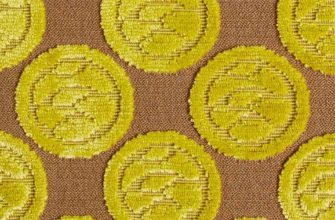The word blackout is translated from English as darkening. Blackout fabric fully corresponds to this definition. It is used to delimit lighting zones. Due to the density of the material, you can create darkening even on a bright sunny day. Let's take a closer look at what blackout is and what characteristics it has.
- What is a blackout and where did it originate?
- Composition and production process
- Methods of weaving blackout fabric
- Ready-made blackout curtains
- Differences from ordinary curtains
- Types of blackout curtains
- Scope of application and rules for choosing a real blackout
- Care instructions
- Advantages and disadvantages
- Consumer Reviews
What is a blackout and where did it originate?
Blackout is a fabric with a special weave of threads. Due to this property, it does not let in sunlight. Its homeland is considered to be Finland. This country is famous for a natural phenomenon called white nights, which last for several months. Without a doubt, this is a beautiful sight. But most people have problems falling asleep if it is constantly light outside.
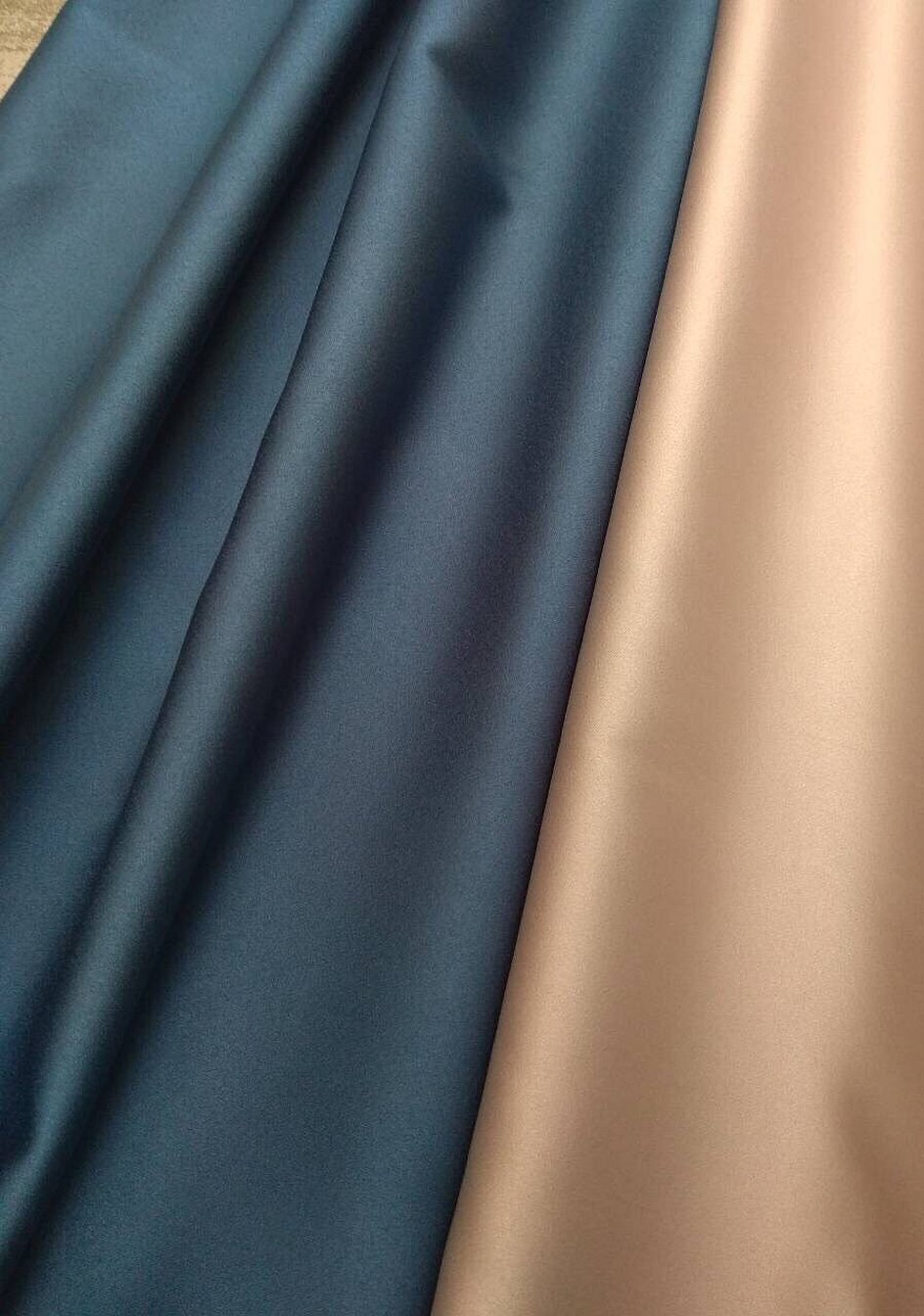
Using blackout fabric for curtains creates an insurmountable barrier to the sun's rays. It is worth noting that this solution quickly gained popularity, and not only in Finland. Today, curtains are sewn from this material all over the world.
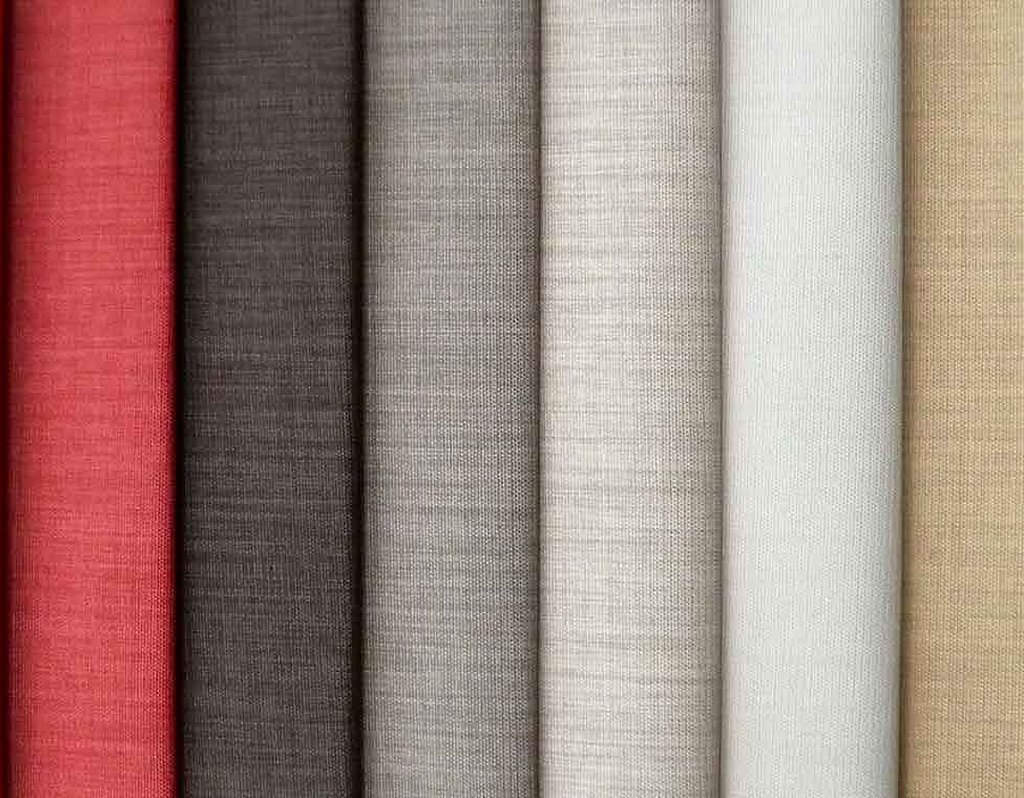
Composition and production process
The secret of the material lies in its special composition. It includes three components:
- A textile base that includes three types of materials, such as linen, viscose and silk.
- Acrylic foam.
- Chemical elements.
The composition features are determined by the manufacturer. In some cases, the fabric undergoes treatment that imparts fire-retardant properties to it.

The production process consists of a set of operations:
- The fabric is made from three threads, intertwined in a special way.
- The top layer is a wear-resistant surface with dirt-repellent properties. It also has a pleasant texture and an attractive appearance.
- The lining consists of a dark-colored polyester thread that traps light, preventing it from penetrating into the room. To increase the light-proof properties, the material is covered with acrylic foam.
- The final stage is devoted to decorative finishing. At this stage, painting is carried out and a pattern is applied. If the manufacturer produces thermal blackout, the fabric undergoes additional processing.
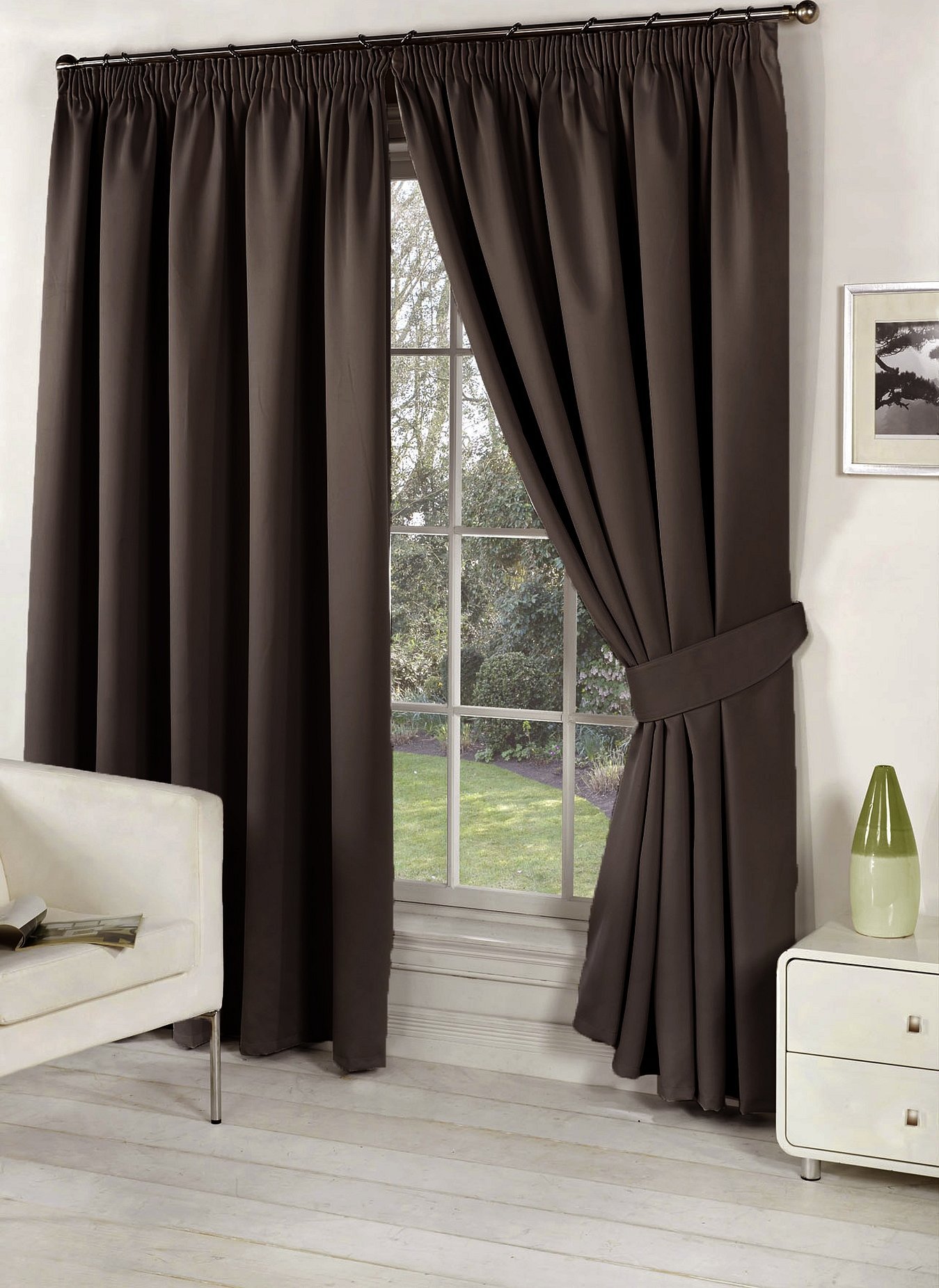
Methods of weaving blackout fabric
The specifics of weaving depend on the type of fabric. Thus, blackout linen has a relief surface reminiscent of the interweaving of linen threads. To achieve this effect, additional weaving of threads is carried out on the front side, due to which the material acquires the corresponding texture.
The blackout gloss includes a satin thread, which gives the surface shine and smoothness. Jacquard fabric has a raised pattern due to the special weaving of the top layer.

The material is ideal for making various curtains. It can also be used to decorate an interior - to cover a wall or make a panel. Curtain fabric holds its shape perfectly. The dense structure allows you to form majestic folds and folds.
With the help of blackout curtain fabric, you can implement any design ideas. The only downside is the considerable cost of the material. But this is an acceptable price for the opportunity to create a unique interior.
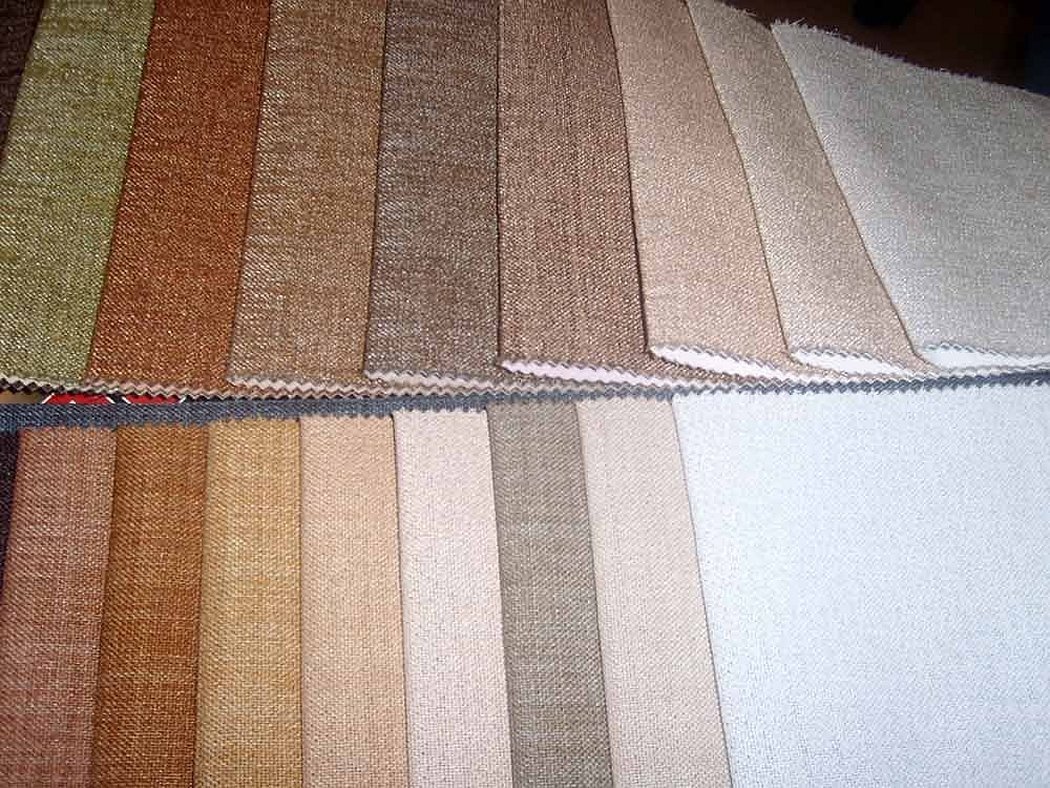
Ready-made blackout curtains
Various types of curtains are made from fabric:
- Classic;
- Roll;
- Pleated;
- Japanese.
Inexpensive blackout curtain fabric will allow you to create a reliable barrier to the sun. The model with a PVC backing is used to prevent the product from heating up, which inevitably leads to an increase in the temperature in the room.
Differences from ordinary curtains
A distinctive feature of blackout curtains is their special structure, which includes three layers:
- External. This side faces the sun. Most often, it is made in light colors to better reflect the rays.
- Inner layer. Its function is to absorb light so that it does not penetrate into the room. Additional processing gives the product special characteristics, such as fire resistance.
- The face layer. It is distinguished by its exquisite design and interesting texture, which makes curtains an indispensable element of the interior.
There is also a double-sided model that is used as an opaque lining.

Types of blackout curtains
Products made from this material vary in density, light transmittance, presence of a metallized backing and decorative design. Depending on these parameters, blackout curtains come in the following types:
- Original. The base of the fabric is polyester. Curtains made of this material have a number of positive properties: they do not wrinkle, look attractive and fall in beautiful folds.
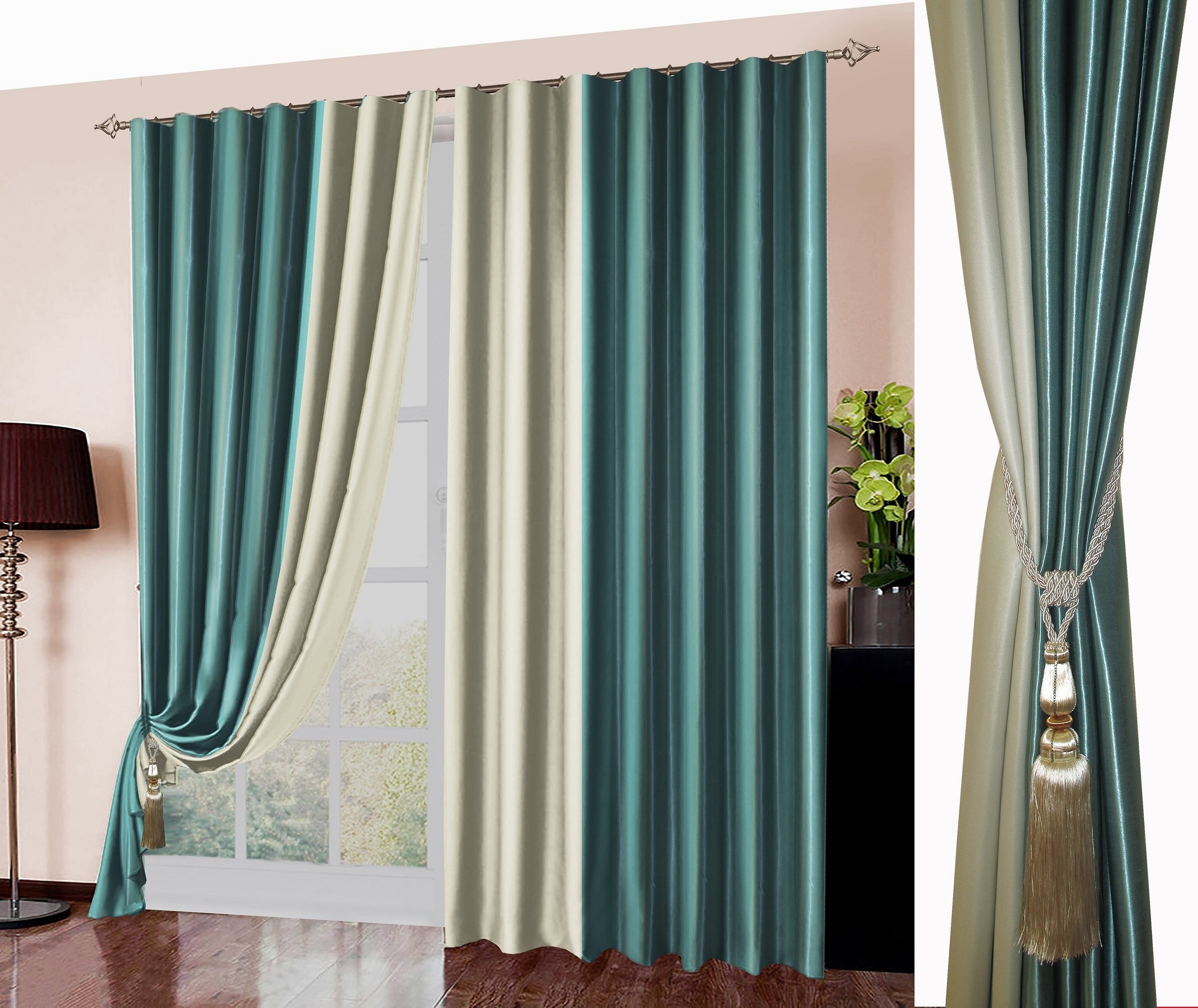
- Non-flammable. Most users have heard of thermal blackout and know what it is. But relatively few know about two ways for the material to acquire special characteristics. It can initially have fire-resistant properties. Also, to give it the appropriate characteristics, a non-flammable thread is woven into the fabric during the manufacturing process. The second option is preferable, because over time the impregnation loses its properties.
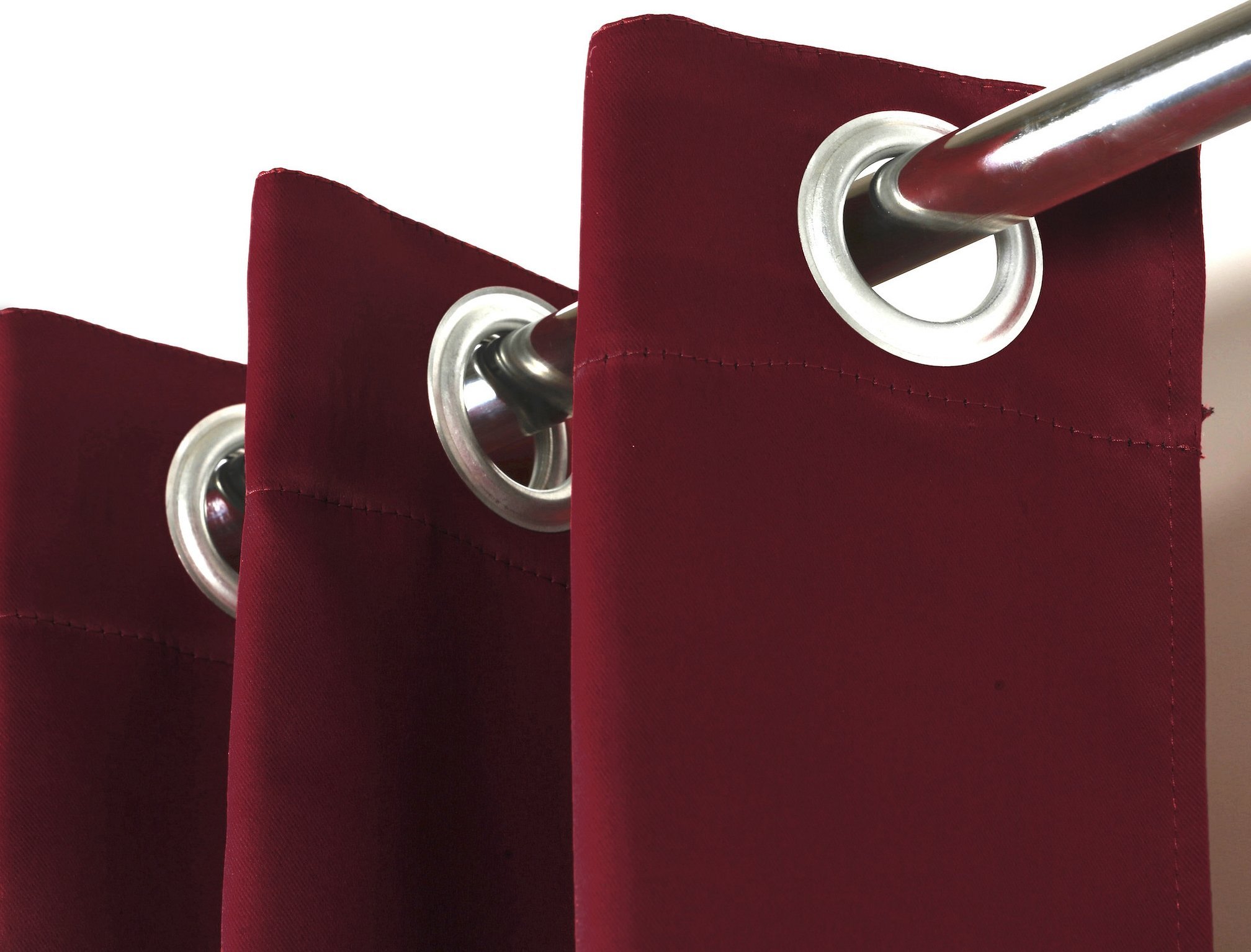
- Blackout street is a special option for outdoor use. Most often it is used for the production of advertising banners. Given the negative impact of environmental factors, the material is covered with a protective compound that increases its wear resistance.
Scope of application and rules for choosing a real blackout
Most often, the fabric is used to make curtains. And this is not surprising if you remember what blackout means. The material is ideal for making various curtains. It is also used for interior decoration, for example, wall decoration. It can be used to cover furniture or decorate a space for a show.
In order not to make a mistake with the choice and buy an original product, it is recommended to conduct an experiment - slightly move apart the top layer of threads. There should be a black fiber inside. If it is missing, this indicates a fake material.
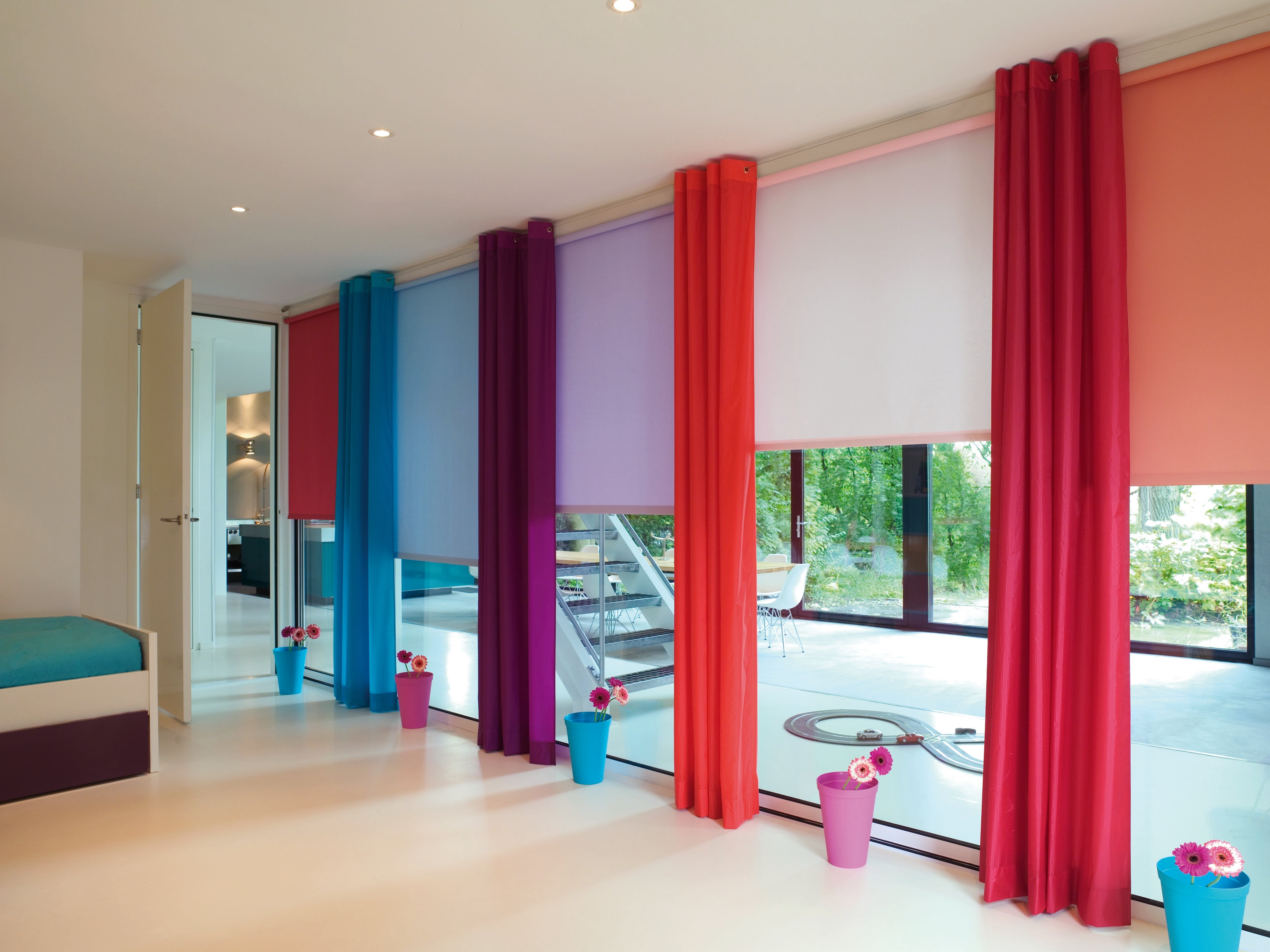
Care instructions
The material is easy to care for. The restrictions mainly concern washing. The water temperature should not exceed 40 degrees. It is recommended to select the mode with the minimum number of revolutions during the spinning process. When ironing, you need to select the mode for synthetic fabrics.
Advantages and disadvantages
The fabric has a number of advantages:
- Does not allow sunlight to pass through.
- It has heat and sound insulation properties.
- Not afraid of ultraviolet radiation.
- It is characterized by increased wear resistance.
- Keeps its shape well.
- It practically doesn't wrinkle.
- Hypoallergenic.
The most significant disadvantage is the high cost of blackout. In addition, as can be seen from the description of its composition, it is a synthetic material.
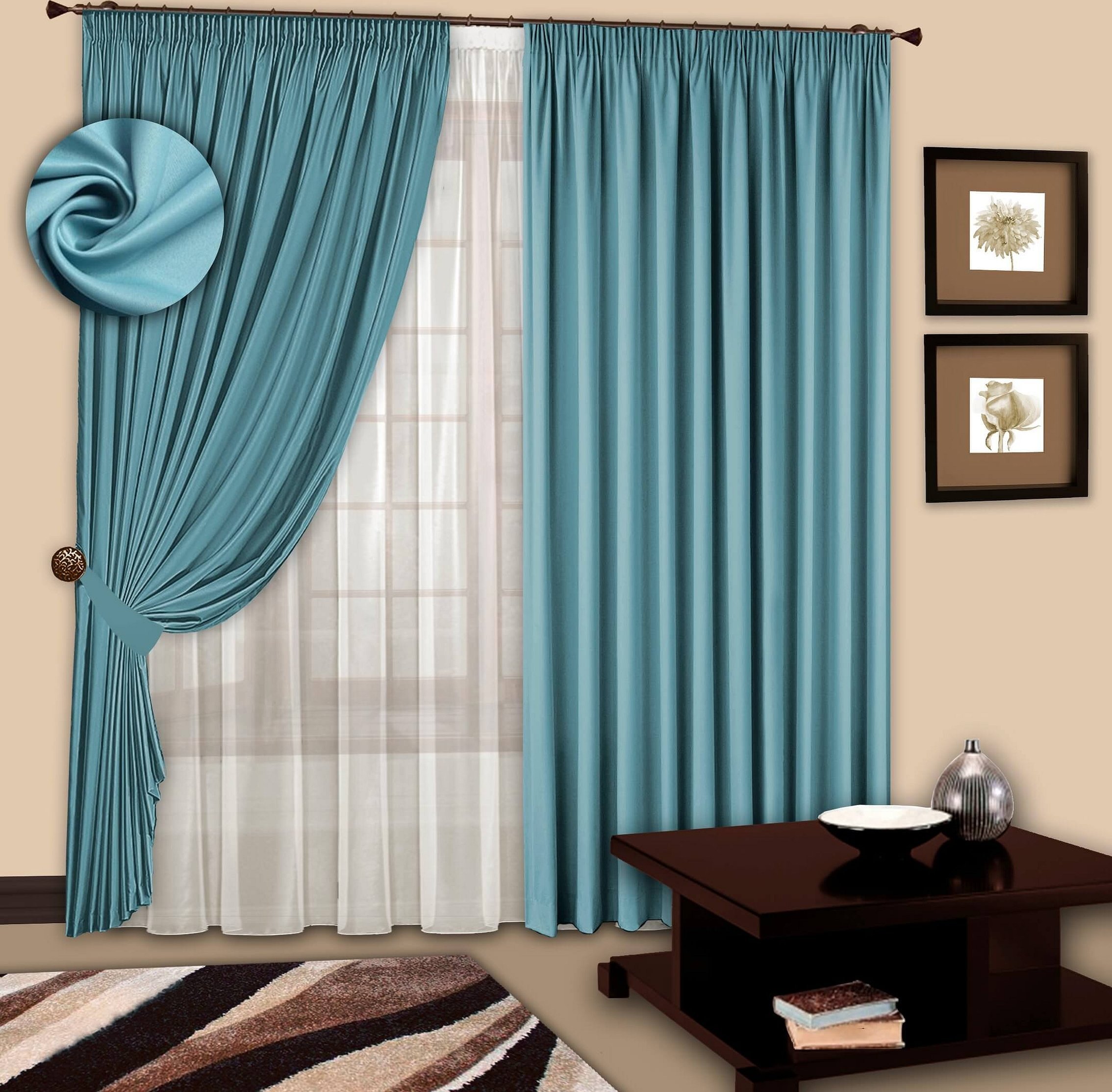
Consumer Reviews
Most people who use curtains made of this material are very happy with their choice. They claim that blackout copes well with the task at hand - absorbing light. Consumers are quite satisfied with the operational characteristics of the material, in particular, ease of maintenance and wear resistance.
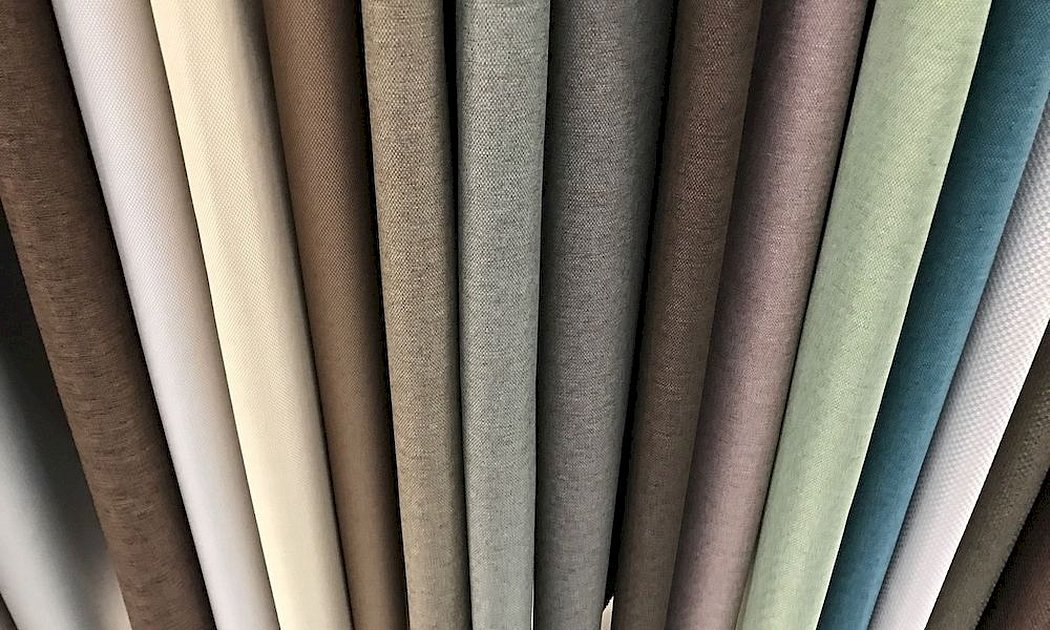
This type of fabric is perfect for interiors in various rooms, it can be a house, an office, or an institution. It has different types and advantages.



